The cookie is crumbling.
Not the ones you love eating too many of. The ones following us around on the internet like a spy from a Bond movie.
Google has been threatening to kill third-party cookies since the Obama administration (slight exaggeration, but not much). In 2025, it’s finally real: ad targeting as we know it is being dismantled. But don’t mistake this for the end of advertising — it’s the end of surveillance as default. Context, community, and consent are the new currency. The winners won’t be those who hoard data, but those who earn trust and build first-party relationships. For leaders, this is a forced detox — and like most detoxes, painful for incumbents, liberating for those ready to rewire.
The Signal → What’s happening
- Google’s Chrome, still holding 60%+ global browser share, is phasing out third-party cookies after multiple delays. Advertisers are scrambling for alternatives.
- Regulators are circling: the EU’s DSA/DMA and California’s CPRA mean fines and restrictions on “dark patterns” and data hoarding.
- Consumers are ahead of the regulators: 80% of U.S. internet users say they’re worried about how their data is tracked; ad-blocker use continues to rise.
- Workarounds like “fingerprinting” or opaque identity graphs are already in regulators’ crosshairs. In other words: cheating is a short-term play.
The Relevance → Why it matters
- Cost of acquisition spikes. Lazy targeting is gone; CPMs rise when signal drops. If you’ve been buying efficiency through surveillance, margins will shrink.
- Trust is scarce, but priceless. Brands that show transparency and let consumers opt-in will win loyalty as competitors scramble.
- Agency economics reset. The post-cookie shift punishes volume buyers and rewards creative firms that can generate contextual, culture-driven relevance.
The Insight → The deeper meaning
The cookie collapse is more than a technical hiccup — it’s a cultural pivot away from extraction toward reciprocity. For 20 years, advertising operated like a creepy neighbor peeking through the blinds: “I saw you bought cat food last week, here’s an ad for more.” The backlash isn’t just about privacy, it’s about dignity. Consumers want to be seen, but not surveilled. This is advertising’s tobacco moment — the industry knows it’s been unhealthy, but kept doing it because the margins were sweet. Now the bill’s due.
The Shift → What’s changing
- From behavioral surveillance → contextual and consent-based targeting.
- From hidden data deals → transparent value exchange. (Think: loyalty for data, not trickery.)
- From audience renting → community building.
- From reach at any cost → relevance at smaller, smarter scales.
The Opportunity → Where the upside lies
- Content is targeting. The environment your ad lives in (podcast, newsletter, creator feed) matters more than the user’s last Google search.
- First-party data as an asset class. Brands that treat email, membership, and loyalty as treasure chests will outperform those chasing retargeting ghosts.
- Transparency as a differentiator. Make your data policies not just compliant but marketable. (“We don’t track you; we respect you.”)
- Agencies as cultural matchmakers. The firms that can pair brands with the right creators, communities, and contexts will own the next decade.
The Plays → 3–5 actionable ideas
- Contextual Domination: Shift 30–40% of ad spend to contextual media (premium podcasts, newsletters, niche communities). Measure not CPM but engagement resonance.
- Data-for-Value Programs: Ask for customer data directly — and pay it back. Example: “Tell us your preferences, get early access/discounts/community.” Reciprocity beats trickery.
- Trust Badging: Create visible, consumer-facing “privacy trust marks” (DSA/CPRA-compliant). Make compliance a feature, not a fine print.
- Creator Syndicates: Build clusters of micro-creators that deliver relevance without surveillance. Think 1,000 nano voices, not 1 mega-influencer.
- Membership Moats: Invest in owned platforms (apps, communities, newsletters) where engagement data is consensual, not stolen. This is the new fortress.



